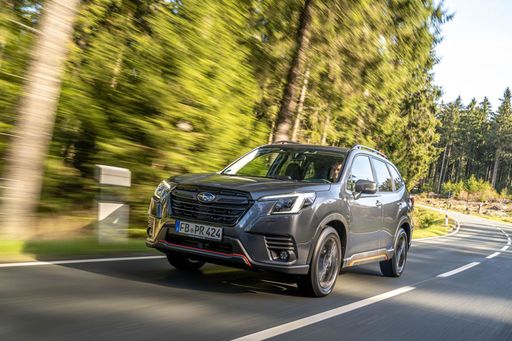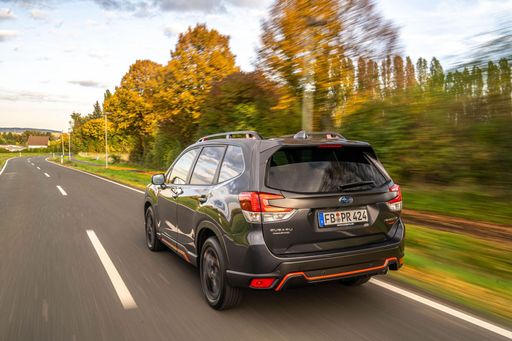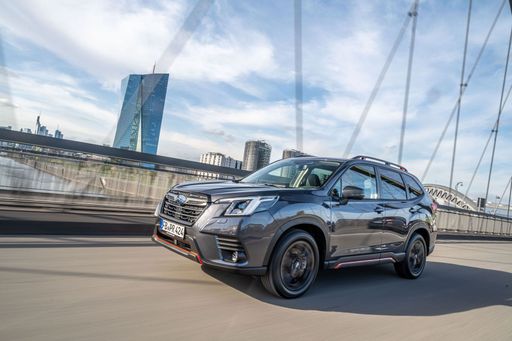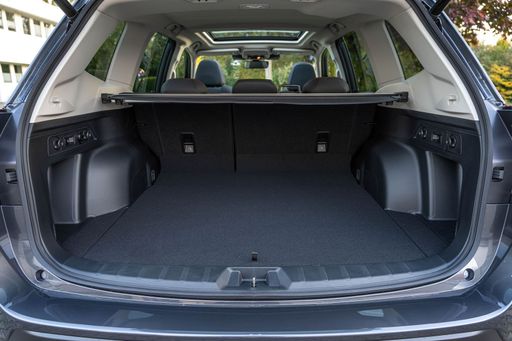A Comprehensive Comparison: Subaru Forester vs. Mitsubishi Outlander
The market for compact SUVs continues to flourish, with automakers striving to offer vehicles that balance performance, efficiency, and versatility. Among the contenders in this segment, the Subaru Forester and the Mitsubishi Outlander stand out with their unique blend of features. In this article, we delve into the technical aspects and innovations of these two popular models to help you decide which fits your needs better.






